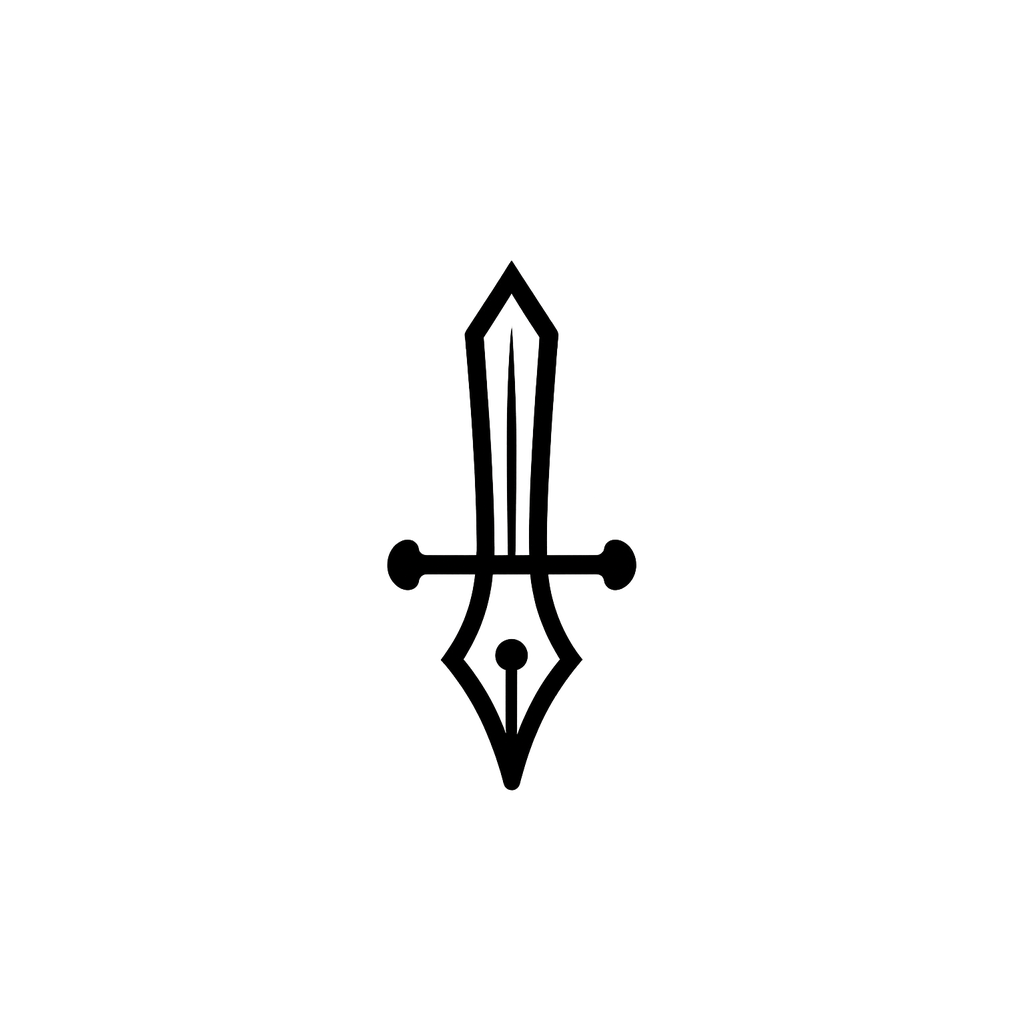Science-Fiction, Hollywood, and the Technology of Antichrist
by Thomas Millary
“The Art of Dreaming”
After decades of obsession with movies and pop-culture, Jasun Horsley realized that Hollywood is hell. His book “16 Maps of Hell: The Unraveling of Hollywood Superculture” documents numerous case studies of disturbing figures and events within the history of the entertainment industry, as well as the damage he personally accrued through buying into the Hollywood myth (including failed attempts to become a filmmaker himself, a failure that he is now thankful for). Underneath all these personal and historical examples of Hollywood darkness and deviance, he finds an underlying pathology, an explanation of how and why the film industry has played such a significant role in mass-dehumanization. Hollywood represents “an advanced alienation agenda.”1 “Simply put, both as individuals and as a collective, we have been lured—and lured ourselves—into a counterfeit reality, a dream world. Hollywood, as a place and a state of mind, is both a primary causal agency of this condition (over the past century), and a crucial (because visible) symptom of it. It is the equivalent of a metastasized tumor on the world psyche.”2
This article originally appeared in-full as an essay published on The Ludwell Review on November 8th, 2023. It is reproduced here, in three parts, with permission from the author.
Read Part 1 here.
Read Part 3 here.
The horrors of Hollywood run deeper than its surface level celebration of deviancy, criminality, and psychopathy/manipulation (on and off screen), although this is an essential piece of the puzzle. “Insofar as Hollywood is a place where mobsters, psy-operatives, and murderous madmen have chosen to ply their trade—or maybe even built it from the ground up—then the products it creates, the dreams it manufactures, may not only be a cover for their activities, but a kind of covert celebration of them.”3 The perennially-active behind-the-scenes presence of intelligence agencies and the military in Hollywood is a well-documented uncontroversial reality, as is the long history of industry-insiders’ connections to organized crime. Multiple stars have also publicly alleged that widespread child abuse is a problem in Hollywood.4
These individual manifestations of Hollywood pathology arise from the true driving force of the film industry; the fetishization of fame and celebrity. The immersive nature of film as an artistic medium dulls our ability to mark the boundary between fiction and reality. Techniques such as the close-up shot blur the line between actor and character, incepting a fixation on both within the mind of the audience and tantalizing us through the subtle invitation to let that boundary fade. The viewer is invited to implicitly imagine themselves as both filmmaker and film star, despite the fact that literally speaking, few in society are selected for such roles of mega-celebrity. “All this leaves is to increase the fervor of one’s identification with, and allegiance to, the chosen few, the self-made Übermenschen whose station is, like the stars, one of high visibility.”5 By worshipping the stars on the screen, we worship ourselves. Conversely, our self-worship is fed back into the Hollywood Dream Machine (through our time, money, attention, and altered self-perceptions), augmenting the seemingly ethereal power of the images on screen and those who produce them. Chief among the commercialized illusions produced by the entertainment industry is the deification of the industry itself, which proudly advertises both its glamor and its corruption as part of an ouroboric cycle of self-mythologization. The Machine and its dreaming apparatus want nothing more than an endless expansion of its all-consuming emptiness.
Just as technological modernity is not identical to the Machine, but rather the circumstance that has allowed the Machine to assume an unprecedentedly pervasive form, Hollywood is not the originator of art’s corrupting capabilities. For warnings of the dangers that artists pose to the spiritual health of the individual and of society, we can look to Plato’s condemnation of poets (“And therefore we shall be right in refusing to admit [the poet] into a well-ordered state, because he awakens and nourishes and strengthens the feelings and impairs the reason…”)6 or St. Augustine’s denunciations of the theater (“Stage plays also captivated me, with their sights full of the images of my own miseries: fuel for my own fire. Now, why does a man like to be made sad by viewing doleful and tragic scenes, which he himself could not by any means endure? Yet, as a spectator, he wishes to experience from them a sense of grief, and in this very sense of grief his pleasure consists. What is this but wretched madness?”).7 Imagination has always threatened to carry us away from God-given reality into delusion. Horsley points out that “The adoption of roles by a performer, via the indirect mining of his or her unconscious, might be seen as a healthier and more volitional form of dissociative identity disorder (DID).”8
Whatever line we choose to draw in separating out edifying fiction from that which distorts and distracts, it remains the case that the emergence of the medium of film and the culture that surrounds it (Hollywood itself and a viewing public enthralled to it) represents a unique amplification of the pre-existing dangers of aesthetic pursuits, through subverting any natural sense of distance that the consumer might feel between themselves and the artistic product. “Movies create narratives, using characters embodied by stars, to capture our attention. If done consistently and effectively enough, these characters, so to speak, colonize our unconscious.”9 “…whenever we enter into a film narrative, we may actually be taking on all of the elements of that narrative as if it was our own creation. If so, we would not only become inextricably bound up in these narratives while we are ‘innocently’ enjoying them, we would also be allowing our consciousness—our very identities—to become permanently spliced to them.”10
Kingsnorth and Horsley converge in seeing our modern technological monstrosities as simply the contemporary expression of the longstanding aspirations of occultists and their sorcery. Kingsnorth has compared Francis Bacon’s definition of science (“The knowledge of causes and secret motions of things; and the enlarging of human empire, to the effecting of all things possible.”) to Aleister Crowley’s definition of magick (“The science and art of causing change to occur in conformity with the will.”).11 “These could be swapped around without anybody really noticing. The thread that links them together is control… Our world is still run by magicians, working from the ‘sacred temples’ of their laboratories to discover how humanity may reshape the world in accordance with its will.”12
The religion of the future emerges from the convergence of Bacon and Crowley’s aspirations, with the Machine glorified as “the creator of the future, bringer of immortality, and the only force worthy of worship in the Reign of Quantity.”13 Hollywood’s alienation agenda reflects this same desire for totalization via technological wizardry. Horsley writes, “Filmmaking is sorcery, the modern technological development of an ancient art…This ‘art’ (or dark science) is essential to filmmakers, above all to those with a Surrealist bent. It is the art of inducing trance states, the art of dreaming…Central to this sorcerous endeavor is the removal of any element of unpredictability or chaos that originally made that space unsafe or hostile to us.”14 Hollywood-driven pop-culture is a series of artificially constructed dream worlds, a dissociative prison built by sadists, psychopaths, sexual deviants, criminals, and spies. A false and tortured form of immortality is as much the goal of Hollywood dissociation as it is of the Machine at large. “The creation of a surrogate reality to escape into and rule over, a matrix-womb that is a simulation of the lost maternal body, is achieved through the meticulous and painstaking assemblage of a mosaic of eidetic memory images, a celluloid (and cellular?) panopticon made up of copies of reality. A matrix.”15 16
“Sufficiently Advanced Technology”
There are some essential points of my Fr. Seraphim/Kingsnorth/Horsley-inspired analysis worth making explicit at this point. Hollywood is a kind of mega-psyop, one that propels itself largely through self-mythologization. It is also a primary propagator of the religion of the Machine, which hybridizes the most spiritually destructive aspects of technology (science) and imagination (fiction), in order to ensnare us within a diabolically conceived system of nested dreams/narratives/delusions. It should then be no surprise that a key fulfillment of the Dream Machine’s self-mythologizing function would come in its production of science-fiction films in particular.
Each decade, Sight and Sound magazine conducts a large poll of filmmakers, concerning the greatest films of all time. The 2022 iteration of the poll was the largest ever version of this survey, asking 480 directors this question.17 The number one entry on the list of greatest films — Stanley Kubrick’s 2001: A Space Odyssey. The ending of 2001 is among the most famous sequences in all of cinema. How does Kubrick explain its enigmatic imagery? “The idea was supposed to be that [the protagonist] is taken in by god-like entities, creatures of pure energy and intelligence with no shape or form. They put him in what I suppose you could describe as a human zoo to study him, and his whole life passes from that point on in that room… when they get finished with him, as happens in so many myths of all cultures in the world, he is…transformed and made some kind of superman.”18 Is 2001 the story that the Machine is telling about itself? No decoding or unveiling is necessary with regard to its worldview, the Luciferian transhumanist messaging is perfectly explicit.
The director of what is considered to be perhaps the greatest film ever produced believed himself to be telling a modern scientific version of an archetypal human myth of deification. Spiritual entities treat the protagonist Dave Bowman as a zoo animal or object of an experiment and successfully make him into a god. Arthur C. Clarke, author of the novel and coauthor with Kubrick of the screenplay famously wrote that “Any sufficiently advanced technology is indistinguishable from magic,” a sentiment that again evokes the resonance of Crowleyan occultism and Bacon’s scientism. Hence, the ‘spiritual entities’ referred to by Kubrick use technology to evolve humanity. The iconic monolith shows up in prehistoric Africa and inspires the first instance of toolmaking and then thousands of years later it returns, this time allowing humanity to break free of our limited physical form altogether, a technological upgrade indistinguishable from an occult initiation. Notice that the initiation is completed only after Bowman survives the malfunctioning of HAL-9000, the last piece of technology from which humanity is meaningfully separate.
In American Cosmic, a 2019 book by religion scholar Diana Pasulka, about how technology is transforming human religiosity (including through beliefs in UFOs), she discusses comparisons of the extraterrestrial monolith to movie screens and smart phones, writing that the monolith is “both the cinema screen and the alien.”19 And in the final shot of the film, what appearance does the transformed human take? Bowman (functioning as an audience stand-in) becomes a supposedly divinized baby, a ‘star-child’ floating in space within a bubble of light. It is the key sequence of the most iconic of films and it is centered upon a literal illustration of cinematic techno-sorcery as regressing its audience to a state of infantile powerlessness. 2001 is a microcosm of the fractal logic of the Dream Machine, a technology-made story about stories about technology, enacting the Machine’s capture of humanity by immersing humanity within the story of that capture.
2001 represents the logic of science-fiction’s role within the Machine as well as any artifact of the genre, largely because of its enduring influence, which would be hard to overstate (the ability to haunt the human imagination through pop-cultural influence is a major function of the Dream Machine). There would be no difficulty in naming other examples though. Eight of the top ten all-time domestically grossing films have science-fiction elements – Star Wars: The Force Awakens, Avengers: Endgame, Spider-Man: No Way Home, Avatar, Black Panther, Avengers: Infinity War, Jurassic World, and Avatar: The Way of Water.20 That list is not adjusted for inflation so it has a strong recency bias but accurately reveals telling trends within the box office of the last decade. Note the prevalence of superhero films and franchise filmmaking on that list. Horsley writes at length in 16 Maps about how “The cinematic universe (whether Disney, Star Wars, Marvel, or DC) takes immersive entertainment to a new level,”21 furthering the colonization of the imagination by making ‘fandom’ a part of the identity of the global audiences of these franchises.
Most of these cinematic universes are modeled after the success of Marvel Studios, which has fashioned the ideal mythology for the Machine – a perpetually expanding set of multicultural narratives which allows its audiences to fantasize about being made ‘super’ through science, magic, or both. Hundreds of millions of fans, many of them adults, immersing themselves in childlike dream worlds born from the Machine. Another version of 2001’s star child, more infantilization disguised as divinization by way of technological augmentation. Whether high-art or low-art, optimistic and romantic or pessimistic and horrific, sci-fi functions all the same. In all their variations, these stories are agents of Machine conditioning, recycling the same narratives about the inevitability of technological transformation, either cheerfully or darkly glamorizing the disintegration of the human.

Thomas Millary is the president of the Decoding Culture Foundation, a non-profit organization which analyzes cultural engineering and documents the history of collaboration between the film industry and the United States government. He is also the cohost of Psyop Cinema, a podcast about the influence of mind control programs and the occult over pop-culture. Thomas has an academic background in religious studies, concentrating on American countercultural spiritualities and espionage history.
FOOTNOTES:
- Jasun Horsley, 16 Maps of Hell: The Unraveling of Hollywood Superculture (Auticulture, 2020), xxiii.
- Ibid., xxii.
- Ibid., 20.
- Ibid., 123 – 127.
- Ibid., 346.
- Plato, Republic, Book X.
- St. Augustine, Confessions, Book III.
- Horsley, 16 Maps, 63.
- Ibid., 69.
- Ibid., 300.
- Paul Kingsnorth, “Do What Thou Wilt,” (2021). https://paulkingsnorth.substack.com/p/do-what-thou-wilt
- Ibid.
- Kingsnorth, “Migration of the Holy.”
- Horsley, 16 Maps, 439.
- Ibid., 441.
- Horsley’s analysis of the womb-like and darkly maternal nature of these artificial dream worlds is an important argument that I lack the space to properly treat in this essay. A longer version of this piece would explore in-depth the relationship between anti-human technology and the worship of the dark mother goddess. The phrase “the technology of Antichrist” in my subtitle is partially inspired by the subtitle of Horsley’s forthcoming book, Big Mother: The Technology of Evil.
- “Directors’ 100 Greatest Films of All Time” https://www.bfi.org.uk/sight-and-sound/directors-100-greatest-films-all-time
- “Stanley Kubrick on the meaning of the ending of 2001 in a rare 1980 interview” https://www.youtube.com/watch?v=er_o82OMlNM
- Diana Walsh Pasulka, American Cosmic: UFOs, Religion, Technology (2019).
- “All Time Domestic Box Office” https://www.the-numbers.com/box-office-records/domestic/all-movies/cumulative/all-time
- Horsley, 16 Maps, 315.





